
Off-Season Trekking in Nepal: Is It Worth It or Not?

Table of Contents
Nepal is called a trekker’s paradise for a reason: it offers treks and hiking options that can be done even in the off-season, from the high-altitude desert of Mustang to the lush greenery of the Terai region. Off-season trekking in Nepal offers quieter trails where nature speaks, and you are here to listen.
What does “Off-Season Trekking” mean?
Off-season trekking is choosing to trek outside the peak times. During off-season trekking, trails are less crowded, teahouses are very hard to find, and transportations may delay or unavailable because of the reduced influx of tourists and weather conditions. People choose off seasons to trek because they want a different experience.
Unlike regular experiences where there’s a crowd and packed teahouses. Off-season trekking can be a bit riskier, but it’s more of a personalized experience where you can come across rain-soaked trails or knee-drowning snow. While safety becomes a major concern, experience is entirely otherworldly during the season.
What seasons are off-season for Nepal, and why?
You can be in Kathmandu, Nepal, throughout the year without any problem, but if you choose to trek or travel, there are only two seasons where you will have a pleasing experience. And other two seasons are considered off seasons.
Two Peak Seasons to trek in Nepal
Autumn and spring seasons are the peak times for trekking and exploring in Nepal. They offer pleasant weather conditions to explore the challenging trails of Nepal.
Autumn brings mild temperatures and clear weather, and the dust of monsoons is just washed away, offering clear views of mountains. In autumn, the weather is crispy, and visibility is breathtaking, which attracts trekkers from around the world to routes like Everest Base Camp and Annapurna Circuit, where trails are dry and the weather is stable.
During this season, two of the biggest festivals in Nepal are celebrated, Dashain and Tihar. The bustle in the streets and markets of Nepal looks beautiful.
Spring is another good season for people who want to visit Nepal. The mountain trails, local streets and villages are as vibrant as they can be. The landscape is full of rhododendrons blooming, turning it into magical scenery.
While the weather remains pleasantly warm at lower altitudes and stable at higher elevations, offering clear mountain views and excellent trekking conditions along routes such as Ghorepani Poon Hill or Langtang Valley.
This season also allows trekkers to enjoy longer daylight hours and witness Nepal’s unique biodiversity, making it a favourite among nature lovers and photographers.
Two Off Seasons to trek in Nepal
Summer and winter are off-season. These two seasons are considered off season for travelling and trekking in Nepal.
Summer is the true off-season. The heavy rainfall makes the trail muddy and hard to walk on. Clouds block the mountain view, and landslides can cause roadblocks, resulting in transportation problems.
Almost everywhere in Nepal, torrential rain and thunderstorms are very frequent. But there is still beauty to behold; you can observe the powerful rivers and greenery of mountains.
We discourage you to trek or travel in winter in high altitude areas of Nepal if you are beginner, such as the Everest Base Camp trek. During the winter season, temperatures are extremely cold, most teahouses are shut down, and walking trails are covered with snow.
Famous treks like the Manaslu Circuit trek become very challenging because temperatures drop to 5° Celsius or below. The trails are covered in snow, but with careful planning and preparation, the Manaslu Circuit trek is a whole different and beautiful experience. In winter, even though it’s off-season in Nepal, there are places where you can fully enjoy, like Pokhara, Kathmandu and Chitwan.
What are the Off Season treks that you can do in Nepal, even during the season?
Off-season trekking in Nepal can be challenging, but the experience is serene. People like to do off-season treks because some people love overcoming challenges. Down here are some of the off-season treks that you can do in Nepal.
Manaslu Circuit Trek
Manaslu Circuit Trek is a beautiful remote trek where you can see the massive manaslu mountain, remote villages and traditional way of living. Trekking manaslu during the off-season is a serene experience as there is less of a crowd. If you choose to trek in summer, expect rain, but greenery is truly awesome. In winter, snowfall is very frequent, and trails are full of snow where you will need crampons. Besides that, the experience is silent but therapeutic.

Annapurna Base Camp Trek
Annapurna base camp offers a magical experience with trails full of snow, but you will have no problem with crampons. Teahouses and people are very respectful and welcoming. During the off-season, snowfall, rain and cold temperatures can be challenges, but the experience is a natural medicine that heals your soul.

Langtang Valley Trek
Langtang Valley lies 80 km (50 miles) north of Kathmandu. Langtang feels peaceful and calm in the off-season. In winter, the whole area is full of snow, which makes it beautiful but very cold, especially near Kyanjin Gompa. The trails are quiet, and the mountain views are clear. In the monsoon season, everything turns green and fresh, but clouds can block the view, and landslides can happen. Still, the forest feels magical, and the teahouses are warm and cozy when there aren’t many people. If you enjoy quiet walks and don’t mind the weather, this trek is a lovely choice, even in the off-season.
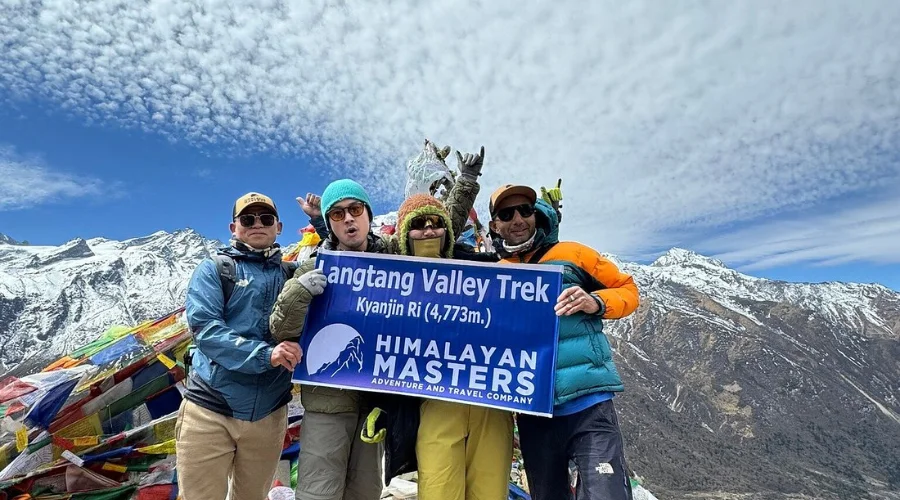
Annapurna Circuit Trek
Most of the Annapurna Circuit region transforms into a serene myth during the off-season season. Your trekking experience in the Besisahar during the monsoon season will be muddy and leachy, but Manang remains mostly dry because they fall in the rain shadow area. The upside? Fewer people, cheaper stays, and wild, mist-covered mountain magic. Random weather conditions require basic preparation but reveal breathtaking wilderness landscapes on every journey.
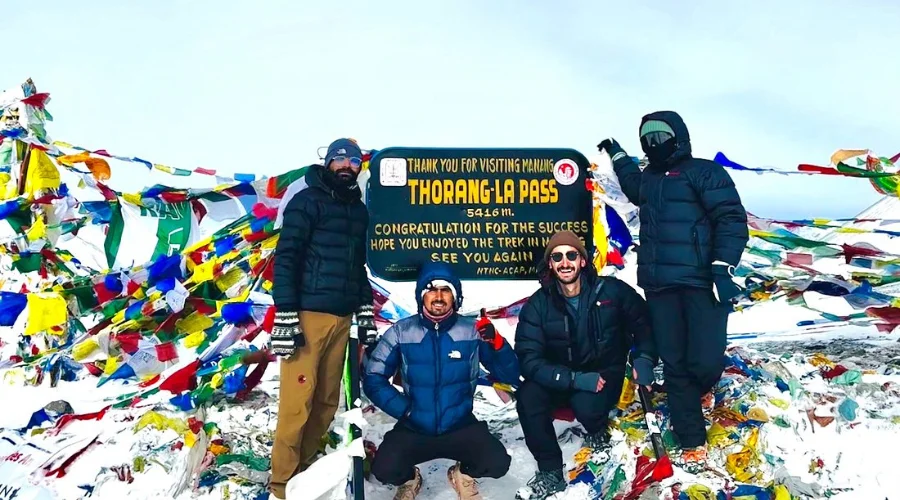
Everest Base Camp Trek
Travelling to Everest Base Camp during the off-season requires determination. The sky remains clear mostly, but temperatures are bone-chilling near Gorakhshep and Kalapatthar. During the monsoon season, you might face flight cancellations while heading to Lukla airport. Apart from challenges, the EBC trek is magical, with greenery and wildflowers blooming throughout the trail in monsoon. Winter can be harsh, but it can be done. Solid packing and preparation will surely make your off-season Everest base camp trekking a fun experience.
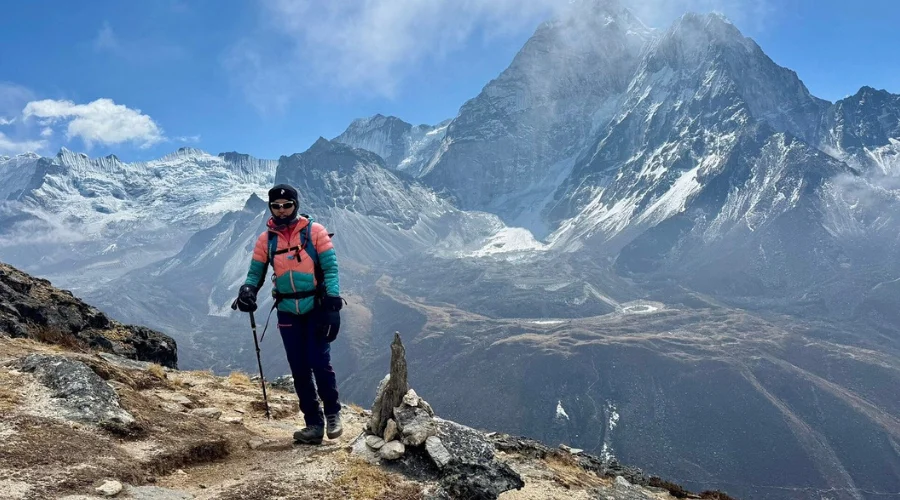
Upper Mustang Trek
Upper Mustang trek is best for off-season trekking because it remains unaffected during monsoon. Summer months are best for the trek because of the dramatic sky, dry trails and the Tiji festival. But in winter, most lodges remain shut because temperatures are bone-chilling. Trekking in winter in the upper Mustang is discouraged.
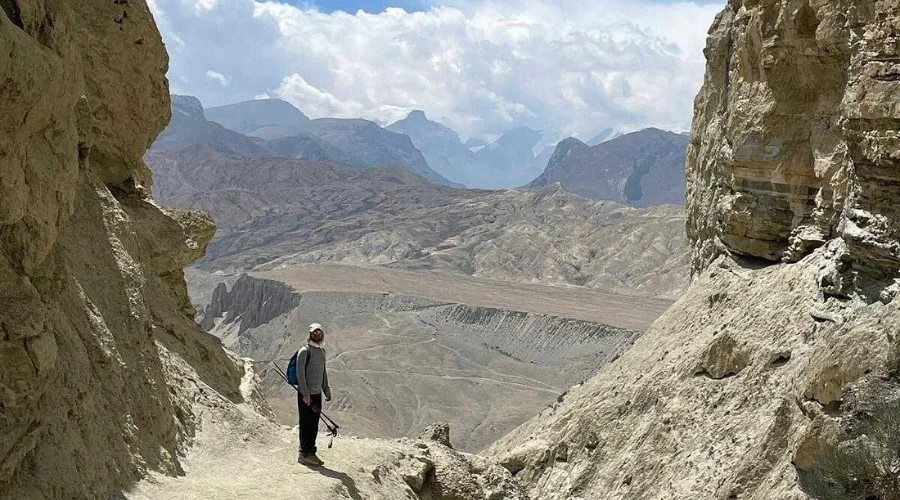
Pros and Cons of Off-season Trekking in Nepal?
Pros
- There are vast differences in financial budgeting; you get cheaper permits, food, accommodation, and flight costs during the off-season.
- Fewer crowds on the trail and teahouses, letting you have a more immersive experience.
- Get to experience the wilderness in its purest form with roaring rivers and lush greenery.
- Teahouses in peak season are full, needing you to book in advance, yet you don’t find, but in the off-season, you no need to stress about that.
Cons
- Unpredictable weather patterns of rain, thunderstorms and snowfall can be a problem.
- Leeches are a major problem during the rainy season. Leech-infested trails are challenging to walk.
- Expect flight delays and flight cancellations if you choose to travel in the off-season because of the rain and fog.
- You always have the risk of encountering landslides and snowfall, which pose a danger to your journey.
In what type of cases is off-season trekking worth it?
As the old saying goes, “different strokes for different folks“; people have different appeals to different things. Seasonal trekking is safer and fun, while off-season trekking offers solitude and nature in its purest form.
- Off-season trekking can be budget-friendly. The cost of permits is very low during this time, and accommodation and food are also reasonably priced.
- If you are someone who likes silence and the sound of nature, off-seasons offer raw nature, which lets you have an immersive experience.
- Snowy mountains and green trails are great subjects for photographing the rawness of nature.
- If you are an experienced trekker, snowfall, rain, tricky trails, and unpredictable weather will thrill you.
Do Himalayan Masters provide Off-season Trekking In Nepal?
Himalayan Masters do offer off-season treks in Nepal. Suppose you want different experiences, like watching and observing roaring rivers and lush greenery during monsoon season and snowy trails in winter. An off-season trek with Himalayan masters is going to be adventurous and will be the best experience you will have in Nepal. We ensure your safety with experienced and knowledgeable guides. If you are looking for a Manaslu Circuit Trek or Everest Base Camp trek in the off-season, then we are the best in the business.
For more enquiries you can either drop a message on our WhatsApp number +9779823636377 or make a call on the same number to have one to one conversation with our adventure leader Sandip Dhungana.
Why should you do Off Season trekking in Nepal ?
Finally, off-season trekking in Nepal isn’t for everyone, but for the quiet soul, brave heart, or budget traveller, it’s a hidden treasure. Yes, the weather plays wild cards. Yes, the comforts are fewer. But in return, you get untouched trails, real, local moments, and nature at its rawest.
It’s not about perfect conditions but it’s about a different kind of beauty. One that whispers, not shouts. So, if you’re down for the road less travelled, Nepal’s off-season trekking might just give you the adventure of a lifetime.
Want to know more?
Speak to an Expert





Sandip Dhungana
Nepal 🇳🇵
Whatsapp: +977-9823636377



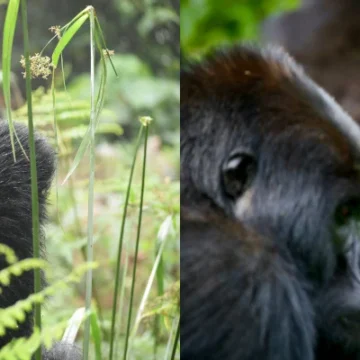
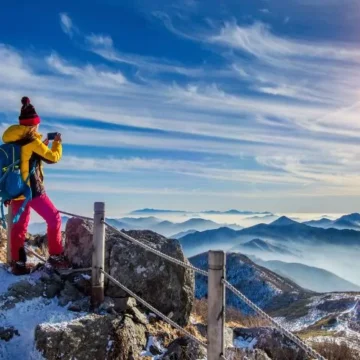
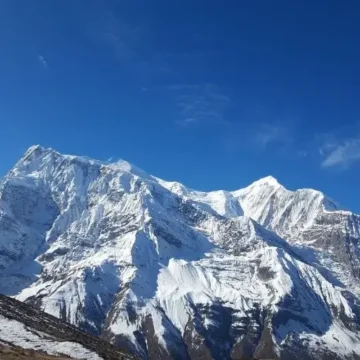

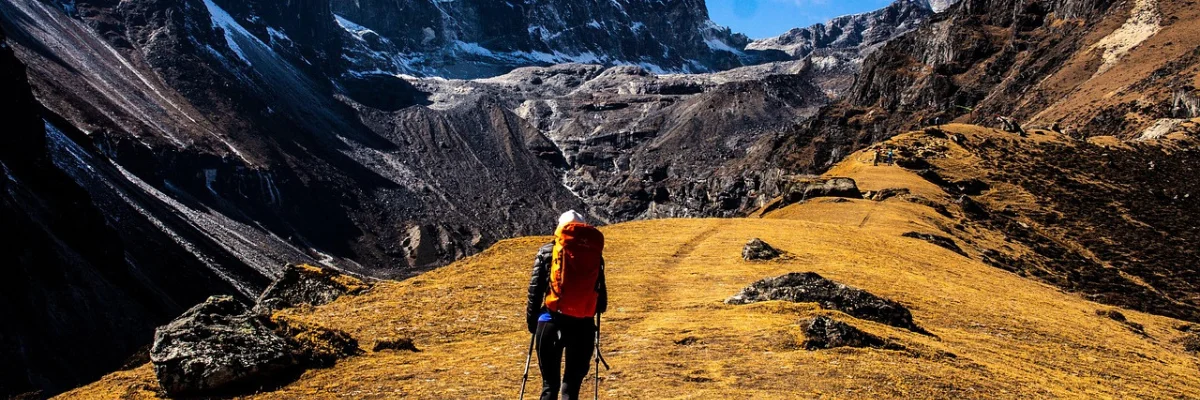
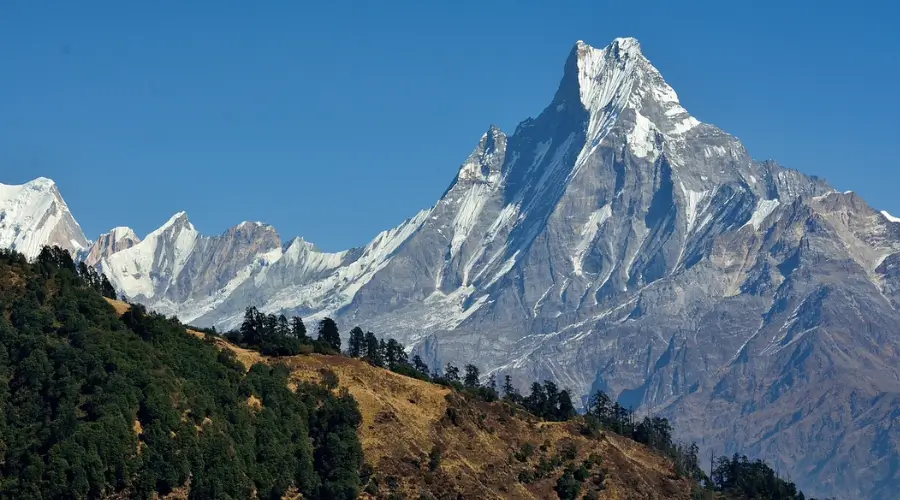
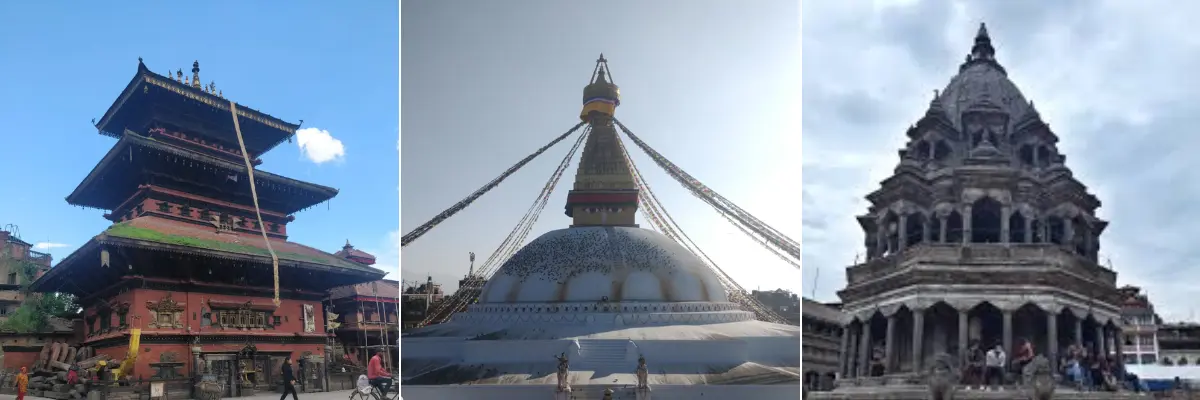
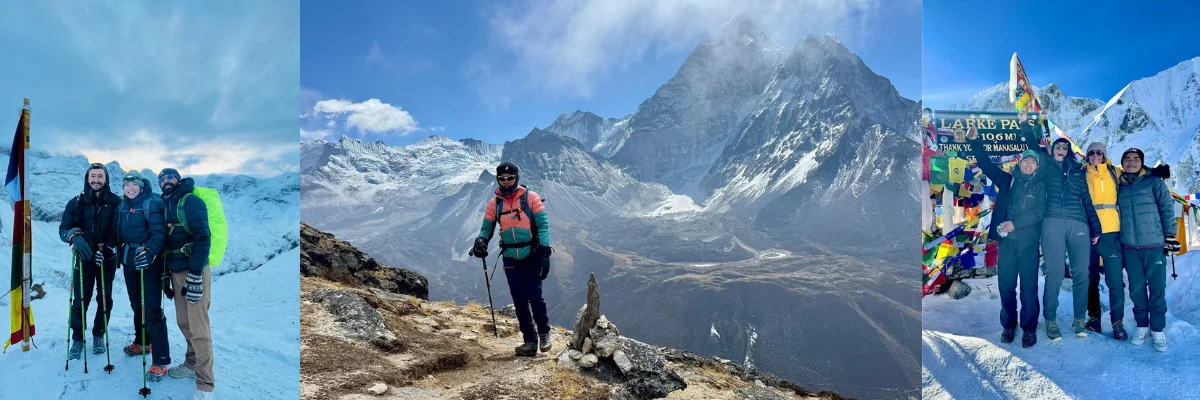
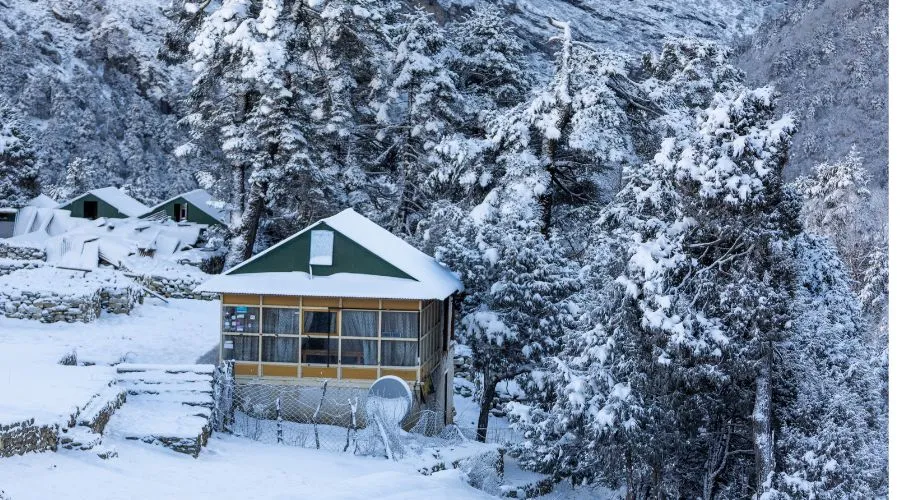
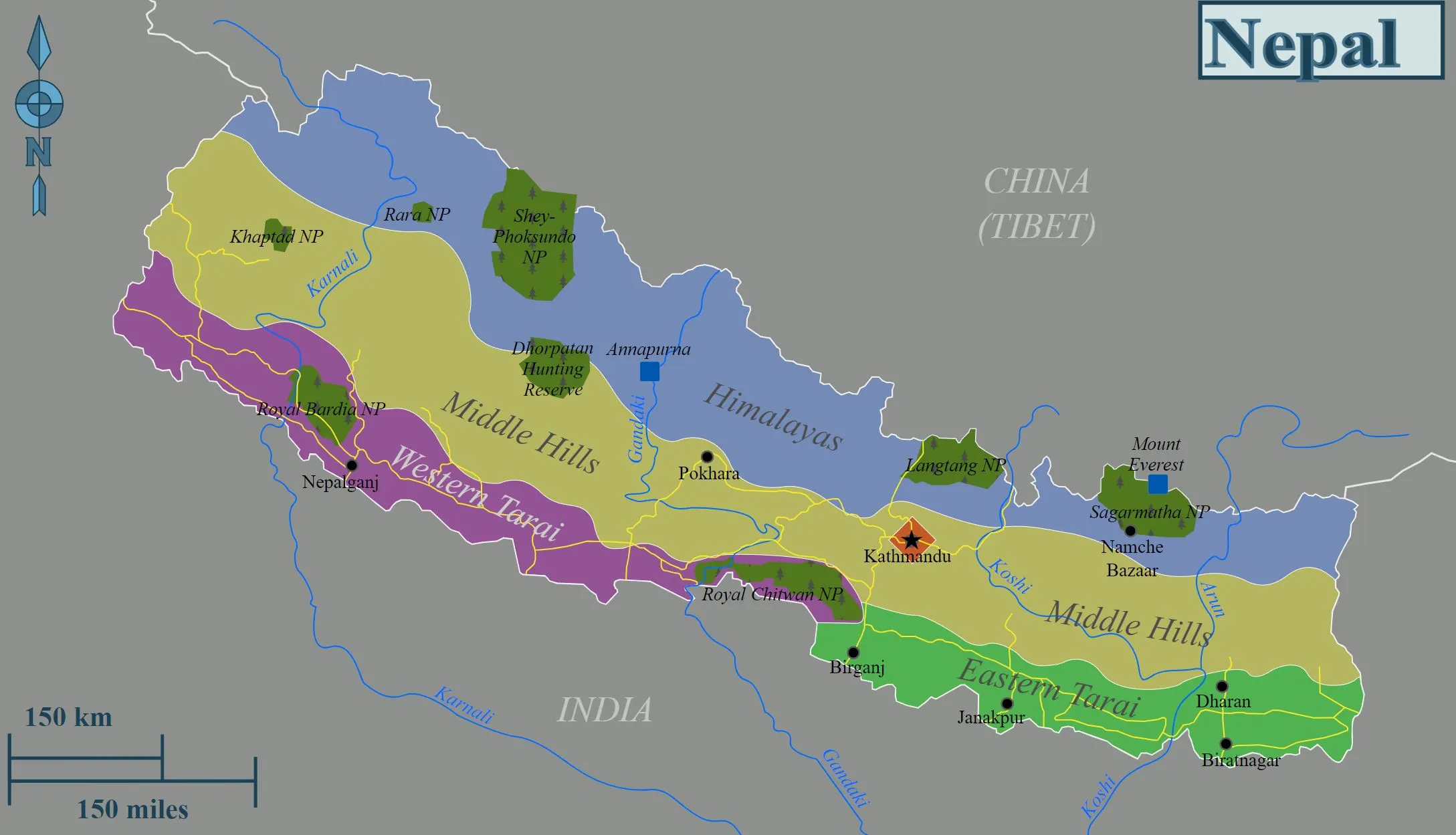

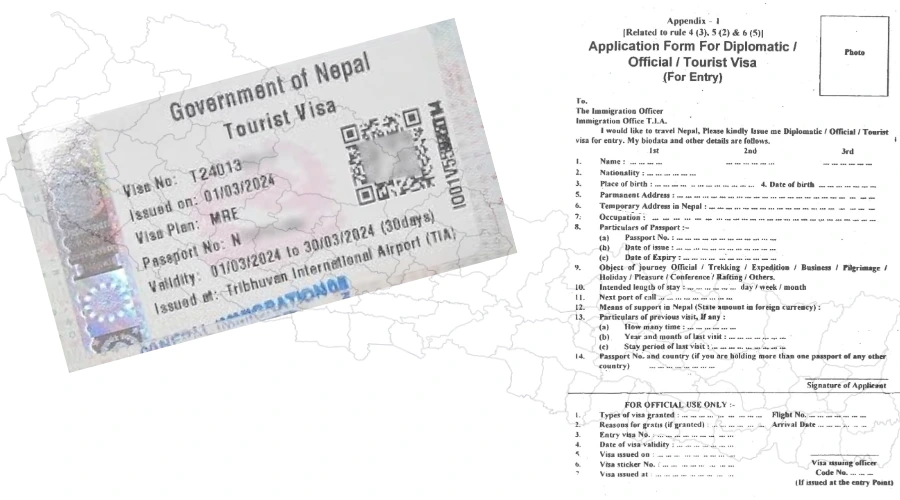









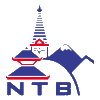
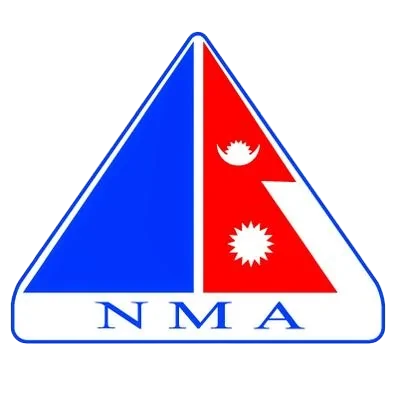

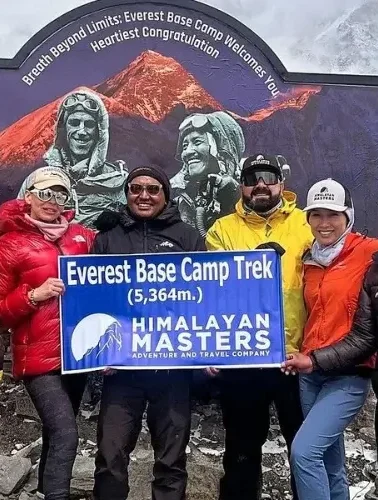


Leave Your Comment